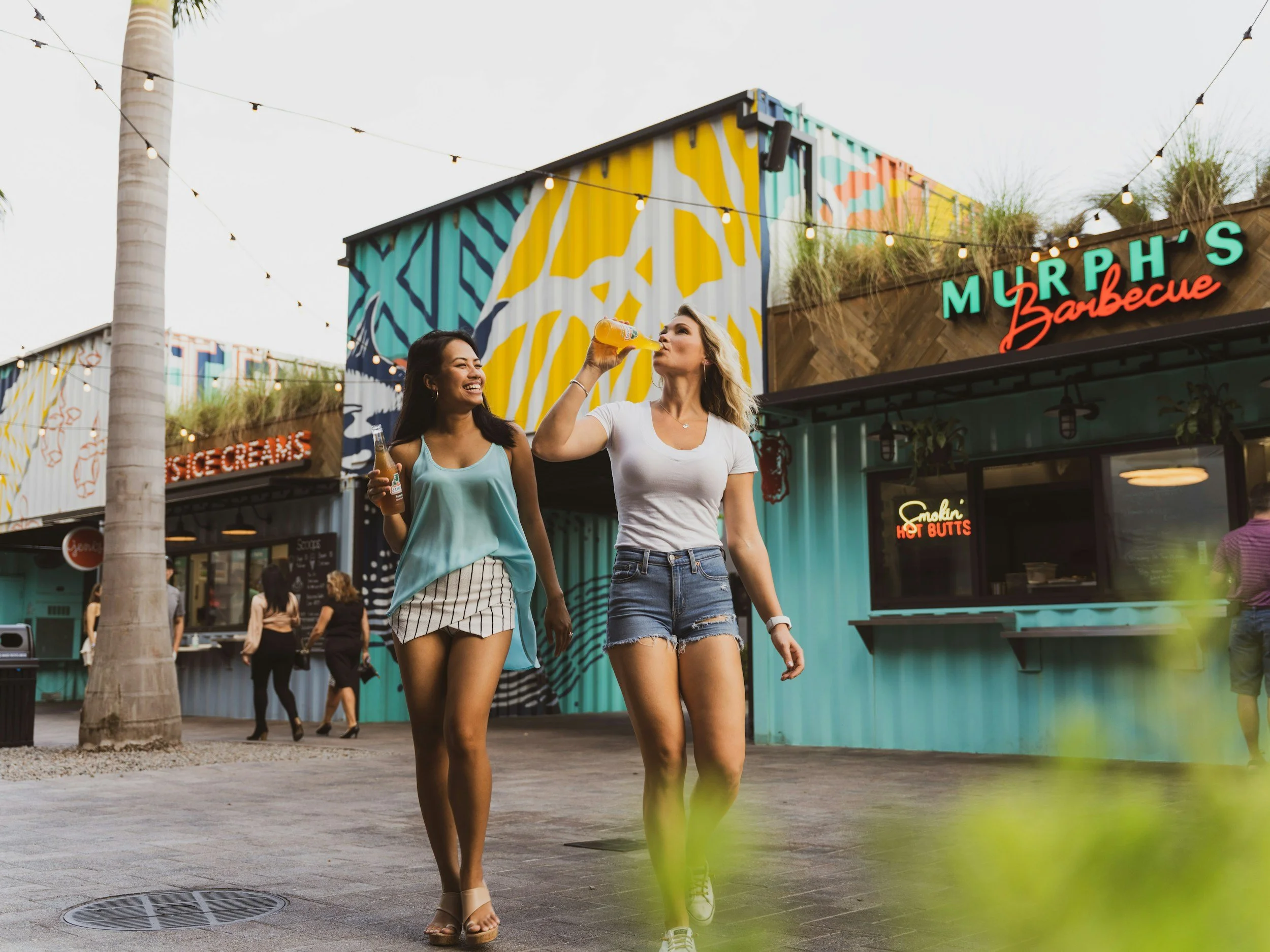Top 5 Influencer Marketing Trends to Watch in 2025. Micro vs. Macro Influencers: How Small-Scale Creators Deliver Big Results
Is bigger always better when it comes to influencers? Not at all. In fact, when marketing a local or niche brand, a smaller influencer can drive far bigger results. Let’s break down the differences between macro influencers (huge follower counts) and micro/nano influencers (small but targeted followings), and why “small-scale” creators often punch above their weight:
Reach vs. Relevance:
A macro influencer might boast 500,000 followers globally. A micro influencer might have 5,000 followers mostly in one city or interest group. If you’re a local business – say, a boutique in St. Petersburg, FL – you gain nothing from 495,000 people around the world seeing your post. You’d rather have the 500 people in St. Pete who see it and can actually visit. That’s exactly the issue many brands have discovered: a huge reach doesn’t guarantee local impact. As one case in point, a Midwest grocery store hired a food influencer with ~22,000 followers for a local campaign, but only 1% of her followers were actually in the city where the store is located[11]. Result: almost no lift in local store traffic, despite her impressive follower count. The lesson? For driving local behavior, don’t go macro, go local[12].
Engagement and Trust:
Micro influencers and everyday creators typically have higher engagement rates and a closer relationship with their audience. Their followers often know them in real life or feel like they could — they might bump into that influencer at a Tampa farmers’ market or a Orlando gym. This familiarity breeds trust. Macro influencers, conversely, often feel “distant” celebrities; their likes and comments are a smaller fraction of their huge audience. Studies show micro-influencers can have engagement rates 3–5 times higher than mega-influencers on platforms like Instagram[8]. With more comments, DMs, and real conversations, a micro influencer’s recommendation can seem like it’s coming from a friend. Relevance + trust = conversions.
Cost-Effectiveness:
Budget is a big factor. Macro influencers command high fees – sometimes thousands of dollars per post – whereas micro/nano influencers are far more affordable (often just product samples or modest fees)[13]. For a small brand or startup, it’s often a better investment to collaborate with 10 micro influencers than blow the budget on one celebrity post. You’ll get diverse content, reach multiple tight-knit communities, and not be dependent on a single personality. Influencer marketing costs scale dramatically with follower count: a nano-influencer might charge ~$50 for a post while a macro influencer can charge $5,000+[14]. If those nano influencers bring in even a handful of loyal customers each, your ROI could far outshine the macro campaign.
Local Influence vs. Global Fame:
Macro influencers (100K+ followers) often have a broad, geographically dispersed audience. They’re fantastic for national brands or e-commerce products that ship everywhere. But for place-based brands – like local retailers, restaurants, salons – macro influencers usually do not drive local behavior effectively[11]. What really moves the needle is when someone who lives in your community talks about your business. Their audience is your addressable market. Social Curation Collabs has built on this principle: our platform focuses on hyperlocal creators. These aren’t “Influencers™” jet-setting around; they’re your neighbors who happen to be great at content creation. They might have a day job and do content on the side, but that makes their voice genuine and rooted in the local scene.
Example – Tampa vs. Nationwide:
Imagine a popular national fashion blogger with 250K followers posts about a Tampa boutique’s new clothing line. She might get thousands of likes from people across the country, but few sales – most followers can’t visit, and maybe they’re not motivated to buy online from a unknown local store. Now imagine 5 Tampa-based micro influencers, each with 5K followers in the Tampa Bay area, posting about the same boutique. Their friends and followers can and will drop by the shop that weekend, because it’s around the corner. Those posts might only get 100 likes each, but they drive dozens of in-person visits. In marketing, sales beats vanity metrics. Micro influencers deliver real sales and foot traffic, while macro often delivers vanity (likes, impressions) that don’t convert locally.
For many brands – especially local businesses, startups, and consumer goods sold in specific regions – micro is the way to go. “Everyday creators” offer authenticity, higher engagement, and localized reach at a fraction of the cost. Macro influencers still have their place (broad awareness campaigns, etc.), but if you want to see a direct impact in a particular community, collaborating with small-scale creators is the smarter strategy. As the saying goes in today’s social media world, everyone can have influence[15] – and often the ones with the most meaningful influence are not the famous faces, but the relatable locals. Social Curation Collabs embraces this truth by linking brands with the right local voices, ensuring marketing efforts translate into genuine community buzz and business growth.

